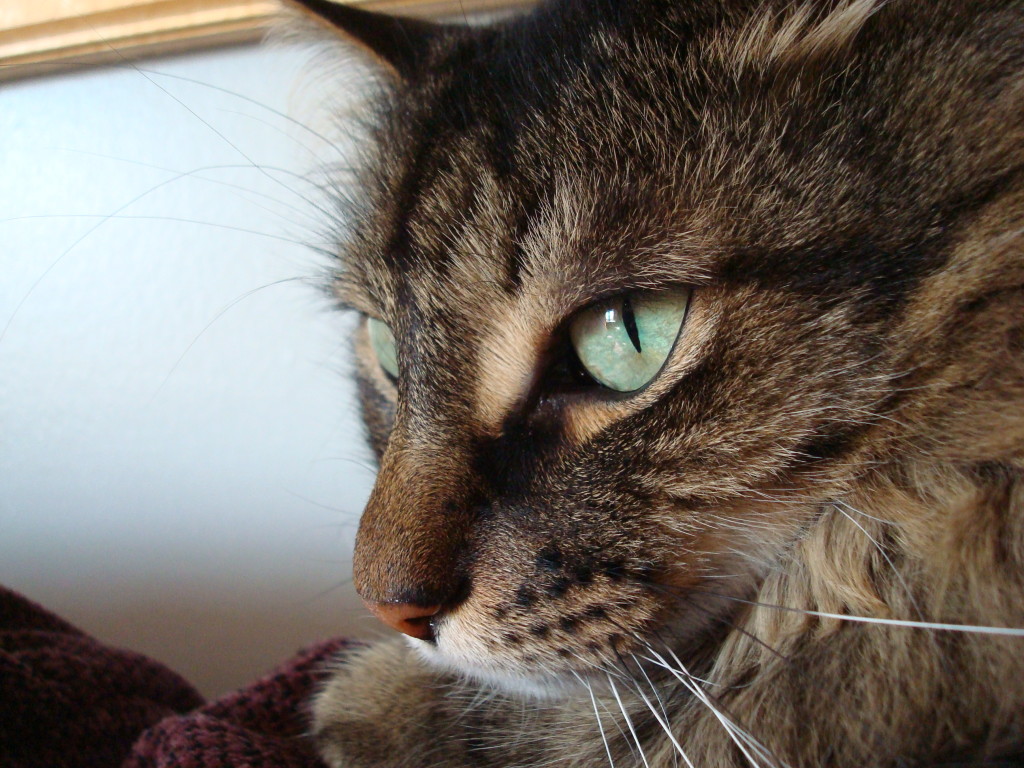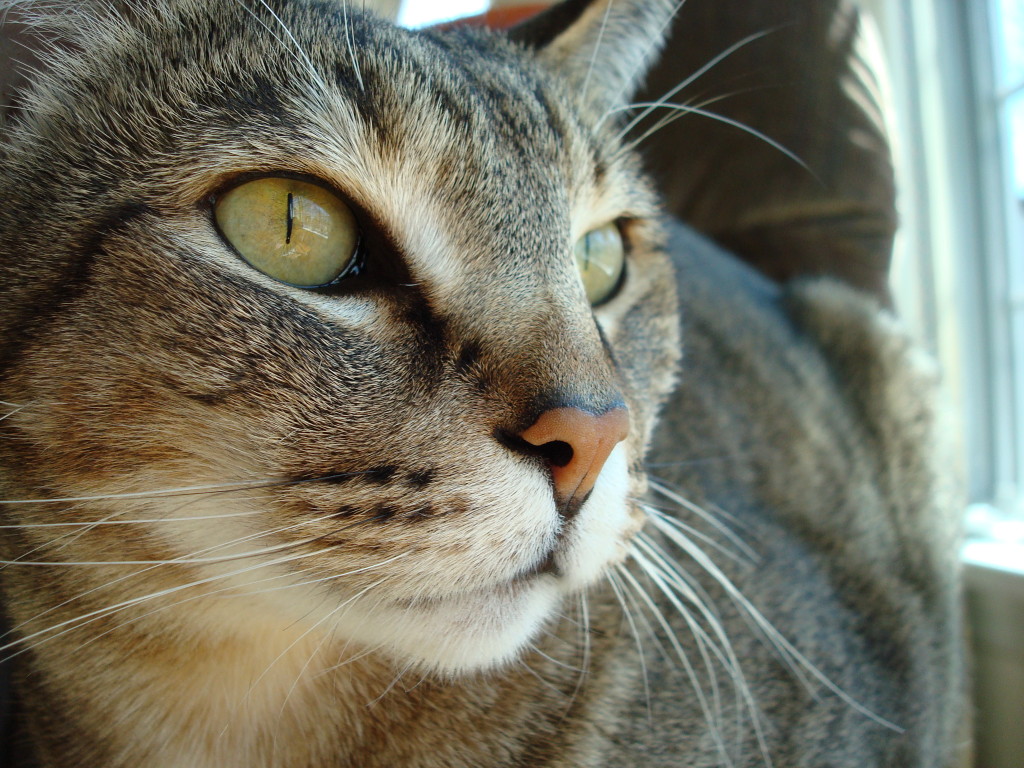Guide on Buying Digital Camera
When buying a digital camera you have to answer some questions first. What kind of photographer are you and what kind of photographs do you intend to take? As with any consumer electronics you are faced with an array of choices. Let’s try and guide you down the right path to your next digital camera by making some choices to get you the best camera for photography.
The two main issues you need to decide upon are your budget and the type of photography you intend to pursue. These decisions will help you find the best camera for you. Buying a digital camera is a lot like buying a car. Style, purpose, features, compact or luxury and even color all have a part in the decision making process. There are two major choices in style when it comes to finding the best digital camera for you, compact and DSLR (Digital Single Lens Reflex).

DSLR or Compact?
What are the differences between compact and Digital Single Lens Reflex cameras? Basically size and features. Compact or “point and shoot” cameras are small enough and light enough to fit in a pocket so that they are easy to take anywhere. DSLR cameras are larger and give you greater control with more settings. The higher end models allow you to change lenses and add accessories such as external flash. While the technology gap is narrowing between the two, DSLR will still have greater capabilities than a compact and will usually cost more.
Here is how to tell which type of camera is right camera for you.
A Point and Shoot camera is the best camera for you if:
- You do not take pictures very often.
- You want to be able to pull it out of your pocket for a quick snapshot.
- You can’t be bothered lugging a big camera around your neck.
- You want the camera to make all of the settings automatically.
- You plan on printing 8×10 or smaller prints.
- You plan on spending less than $350
A DSLR camera is the best camera for you if:
- You like to take your time setting up and composing just the right shot
- You like to tinker with f Stops and other settings.
- Wherever you look you are always thinking, “That might be a great shot.”
- You want to be able to change lenses.
- You want to take sharp, clear action shots such as wildlife or sports photos.
- You can spend more than $350
- You want to make money with your pictures.
- You would like photography to be more than a hobby.

So if you want a camera that is easy to use and carry then look for a compact camera. If you want to take your photography to the next level then buying a digital single lens reflex (DSLR) is for you.
You do want to get the most camera for the money so do some comparison shopping. We have some links to camera stores where you can compare features and costs to get the best deal.
Sensor Size and Megapixels
This sounds like a Japanese monster movie but really sensor size and megapixels are a consideration when buying a digital camera.
The sensor is the tiny plate that captures the light coming in from the lens and turns it into a picture. The digital sensor replaces film and is what put film manufacturers out of business but made photography more affordable to everyone.
The larger the sensor the more pixels can be fitted into it and the sharper your image will be especially when enlarged. Obviously larger cameras have larger sensors which result in sharper images. The best DSLR cameras come equipped with sensors matching the size of 35mm film and a system can cost thousands.

How many Megapixels do you really need?
People who are buying a digital camera always ask, “How many megapixels do I need?” Pixels are the tiny individual light sensors when packed onto a sensor create the image you see. Compact cameras have smaller pixels than their bigger cousins, the DSLR so a 10 megapixel compact camera will have slightly less sharpness than a 10 megapixel DSLR. Unless you plan on making enlargements over 8×10 you cannot tell the difference with the naked eye.
Most compact cameras will come with at least 7 megapixels or more which will give you good quality. Any more than 10 mega pixels you probably will not see a difference unless you are making posters.
What other Features should I look for When Buying a Digital Camera?
Lenses and Zoom
Your only choice is how much optical and digital zoom is available. Optical zoom is the ability of the lens to physically move in and out to magnify an image. It is expressed in a mathematical term, times or “x” such as 3x. Anything lens over 10x is referred to as “super zoom”. Digital zoom is where the computer in the camera processes the image into a magnified image. Some camera advertising adds the optical and the digital zoom numbers together to make a higher zoom number so be aware of this. Digital zoom is rarely as good as optical so look at the optical zoom number when buying a camera. You want as much zoom as you can afford to give you greater shooting options.
Mid to high end DSLR cameras are really photography systems. This means you have a variety of lenses and accessories you can purchase to give you the greatest options for your photography. Generally you will buy a body, which will usually come with a lens. Then as you progress you can purchase other lenses, filters, lens hoods and other attachments.
Compact cameras and less expensive DSLR cameras will have only the built in lens so find the longest zoom that you can.
Feel and Ease of Use
You want the camera to feel comfortable in your hand. The shutter button and other settings should be easy to use. The viewfinder and LCD display should be easy to see and adjust.
Let us know of your experience with your new camera ..